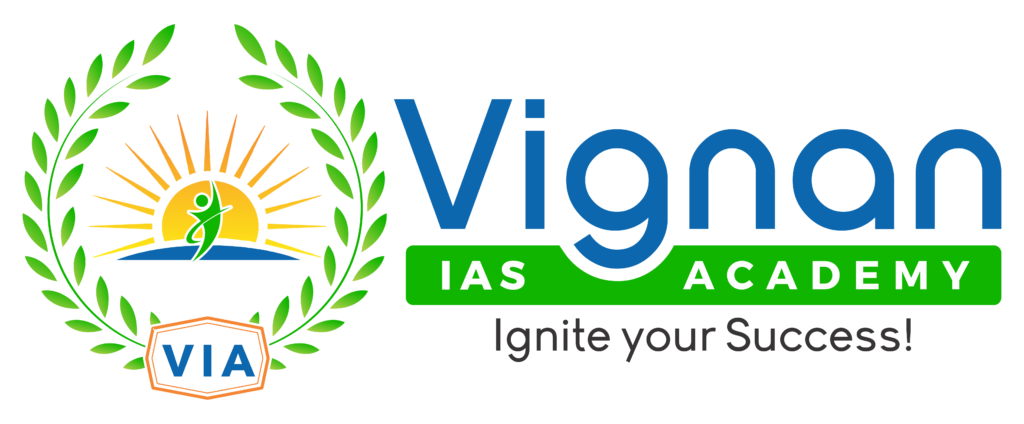Blog
July 3rd Current Affairs
- July 3, 2021
- Posted by: admin
- Category: Culture Current Affairs Daily News Defense & Security Disaster Management Economy Education Environment & Ecology Ethics Geography Governance Health History International Relation Persons in News Polity Science & Technology Social Issues Sports Uncategorized UPSC Notification Videos
1. Freight Smart Cities.
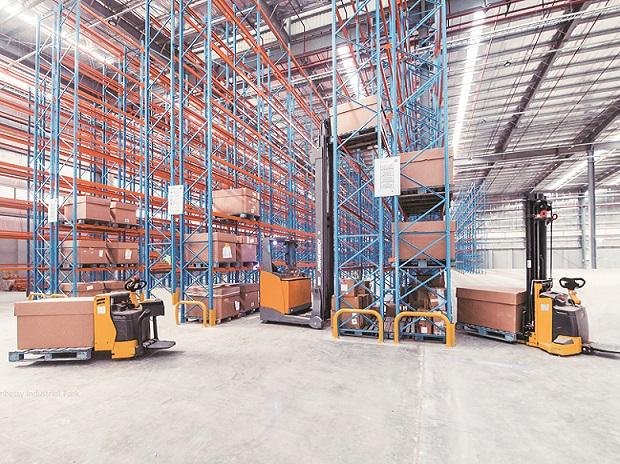
IN NEWS:
- Commerce Ministry’s Logistics Division unveils plans for ‘Freight Smart Cities’;
- Launches portal and handbook with 14 key measures to enhance urban freight systems.
KEY POINTS:
- Objective: To improve the efficiency of urban freight and create an opportunity for reduction in the logistics costs.
- With growing urbanisation, requirements of rapid economic growth including e-commerce and associated first and last mile freight movements; increasing congestion, noise and sound pollution in the Indian cities is a menace affecting both public health and local economies. The Logistics Division under the Ministry of Commerce and Industry has decided to work in a planned manner to improve the city freight movement.
- This is all the more relevant as the demand for urban freight is expected to grow by 140 per cent over the next 10 years.
- Final-mile freight movement in Indian cities is currently responsible for 50 per cent of total logistics costs in India’s growing e-commerce supply chains.
- Improving city logistics would also enable efficient freight movement and bring down the logistics costs boosting all sectors of the economy.
- Under the Freight Smart Cities initiative, city-level logistics committees would be formed.
- These committees would have related government departments and agencies at the local level, state and from the reacted central ministries and agencies.
- These would also include private sector from the logistics services and also users of logistics services.
- These committees would co-create City Logistics Plans to implement performance improvement measures locally.
- On the Freight smart city initiatives, the Logistics Division is working closely with GIZ (Germany) under Indo-German Development Cooperation, Rocky Mountain Institute (RMI) and RMI India. A challenge is expected to be announced to encourage the participation of cities in this initiative.
SOURCE:PIB
2. Inclusive Framework tax deal
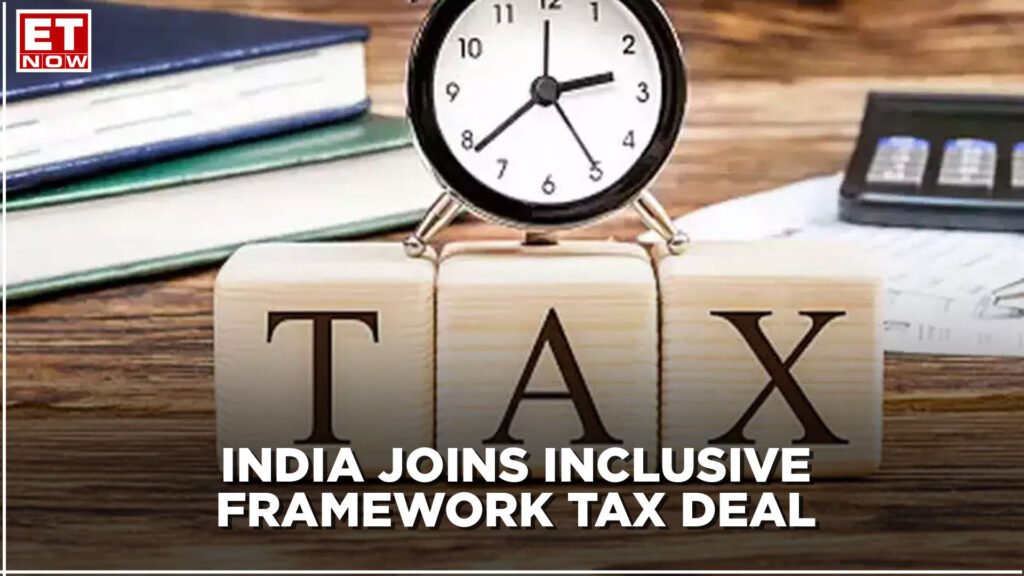
IN NEWS:
India joins OECD/G20 Inclusive Framework tax deal.
KEY POINTS:
- Majority of the members OECD/G20 Inclusive Framework on Base Erosion and Profit Shifting(including India)adoptedyesterday ahigh-level statement containing an outline of a consensus solution to address the tax challenges arising from the digitalisation of the economy.
- The proposed solution consists of two components- Pillar One which is about reallocation of additional share of profit to the market jurisdictions and Pillar Two consisting of minimum tax and subject to tax rules.
- Some significant issues including share of profit allocation and scope of subject to tax rules, remain open and need to be addressed.
- Further, the technical details of the proposal will be worked out in the coming months and a consensus agreement is expected by October.
- The principles underlying the solution vindicates India’s stand for a greater share of profits for the markets, consideration of demand side factors in profit allocation, the need to seriously address the issue of cross border profit shifting and need for subject to tax rule to stop treaty shopping.
- India is in favour of a consensus solution which is simple to implement and simple to comply. At the same time, the solution should result in allocation of meaningful and sustainable revenue to market jurisdictions, particularly for developing and emerging economies.
- India will continue to be constructively engaged for reaching a consensus based ready to implement solution with Pillar one and Pillar two as a package by October and contribute positively for the advancement of the international tax agenda.
Important Information:
OECD:
- The Organisation for Economic Co-operation and Development (OECD) is an international, intergovernmental economic organization of 38 countries.
- OECD was founded in the year 1961 to stimulate world trade and economic progress.
- Most OECD members are high-income economies with a very high Human Development Index (HDI) and are regarded as developed countries.
- OECD members are democratic countries that support free-market economies.
- It provides a platform for its member countries to compare policy experiences, seek answers to common problems, identify and share best practices, and coordinate domestic and international policies of its member nations.
- OECD is an official Permanent observer to the United Nations and is referred to as a think-tank or as a monitoring group.
- The OECD’s headquarters are at the Château de la Muette in Paris, France.
- The OECD member states collectively comprised 62.2% of global nominal GDP (US$49.6 trillion) and 42.8% of global GDP (Int$54.2 trillion) at purchasing power parity in 2017.
OECD Objectives
- The objectives of the OECD include fostering economic development and cooperation and fighting poverty through the promotion of economic stability.
- It also ensures that the environmental impact of growth and social development is always considered.
- Over the years, OECD has raised the standards of living in multiple countries.
- It has also contributed to the expansion of world trade.
SOURCE:ET
3. Short Span Bridging System (SSBS)-10 M
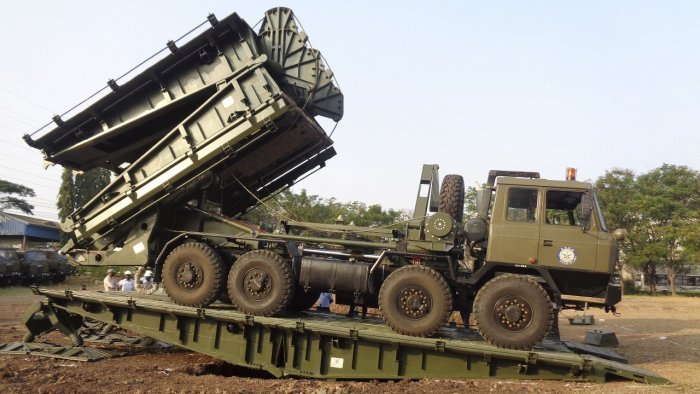
IN NEWS:
The first production lot of 12 Short Span Bridging System (SSBS)-10 m, designed and developed by Defence Research and Development Organisation (DRDO), has been inducted into Indian Army.
KEY POINTS:
- The SSBS-10 m plays a crucial role of bridging the gaps up to 9.5 m as a single span providing a 4 m wide, fully decked roadway, ensuring faster movement of the troops.
- Research & Development Establishment (Engrs) Pune, a premier engineering laboratory of DRDO, has designed and developed the system in association with M/s L&T Ltd.
- The 12 bridges are part of 102 SSBS-10 m from M/s L&T Ltd, which is the production agency.
Important Information :
- The Project Short Span Bridging System involved the development of two prototypes of 5 m SSBS on Tatra 6×6 chassis and another two prototypes of 10 m SSBS on Tatra 8×8 re-engineered chassis.
- This bridging system is compatible with Sarvatra Bridging System (75 m), where the last span requires covering gaps less than 9.5 m.
SOURCE:TH
4. Technology Innovation Platforms
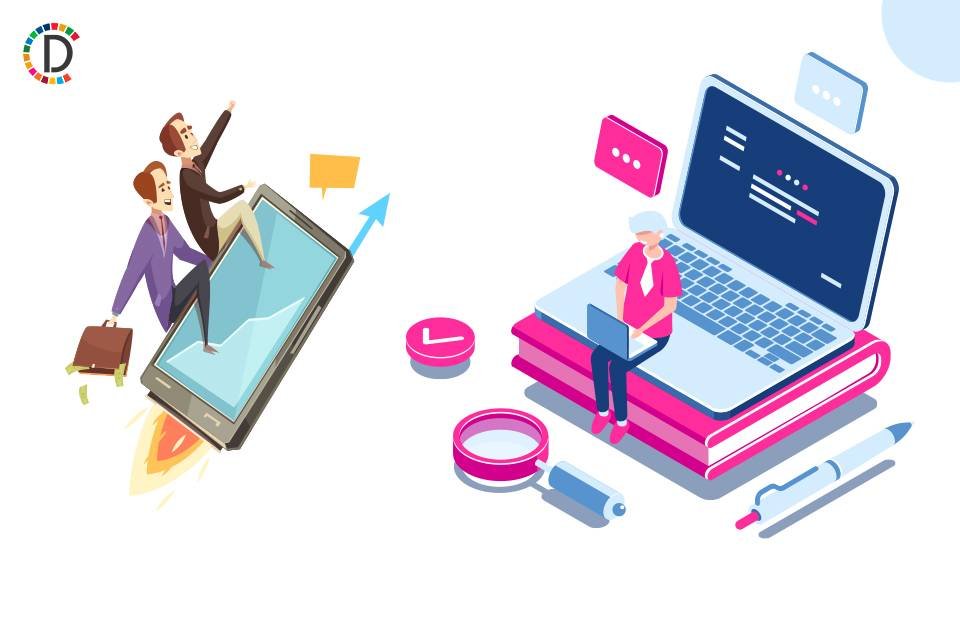
IN NEWS:
Minister of Heavy Industries and Public Enterprises inaugurated six Technology Innovation Platforms which will focus on development of technologies for the globally competitive manufacturing in India.
KEY POINTS:
- Platforms have been developed by IIT-Madras, International Centre for Automotive Technology (iCAT), Central Manufacturing Technology Institute (CMTI), BHEL, HMT and Automotive Research Association of India (ARAI) in association with IISc, Bangalore.
- These platforms were developed and launched to facilitate industries like Tier-1 Tier-2 & Tier-3 companies, original equipment manufacturer & raw material manufacturers; start-ups; domain experts or professionals; R&D institutions etc to provide technology solutions, suggestions & expert opinions on manufacturing technologies.
- It will also facilitate exchange of knowledge on research & development and other technological aspects.
- About 39,000 students, institutes, experts, industries and labs have already registered on these platforms.
- Tier 1 companies are largest, wealthiest, and most experienced in industry. This tier is very exclusive. Tier one contracts are in hundreds of millions and even billions price range.
- Tier 2 companies are also called as Mid-tier companies. They are the players in construction industry. They are in between tier 1 and 3. Tier 2 companies take projects on commercial basis rather than residential.
- Tier 3 companies take on projects around million-dollar range.
- They take projects like residential jobs including rebuilding & refurbishing; Small-scale commercial work like building or refurbishing petrol stations, supermarkets, offices etc.
SOURCE:MINT
5. Centre approves 14 eligible applicants under PLI for IT hardware
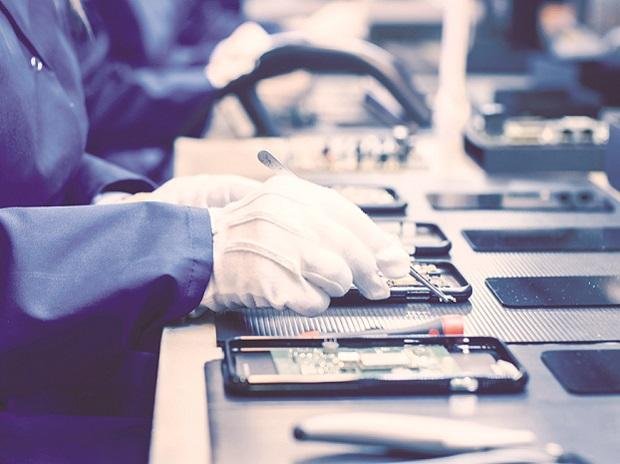
IN NEWS:
Union Ministry of Electronics and IT (MeitY) has approved 14 applicants under Production Linked Incentive (PLI) Scheme for IT hardware products.
KEY POINTS:
- PLI Scheme for IT Hardware provides an incentive of 4% to 2% on net incremental sales over base years of Financial Year 2020.
- Target segments under the PLI scheme are laptops, tablets, personal computers (PCs) and Servers.
- This scheme proposes production-linked incentives in a bid to boost domestic manufacturing and to attract large investments in value chain of all these IT Hardware products.
- Applicants were four companies selected globally including Dell, ICT (Wistron), Rising Stars Hi-Tech (Foxconn) and Flextronics.
- Under Domestic Companies category, 10 companies like Lava International Limited, Infopower Technologies (JV of Sahasra and MiTAC), Dixon Technologies (India) Limited, Bhagwati (Micromax) Neolync, Netweb, Optiemus, VVDN, Smile Electronics, and Panache Digilife were approved.
Significance of the move
- Approved companies under the PLI scheme are likely to lead to a total production of more than ₹1.61 lakh crore in next 4 years.
- Out of the total production, companies approved under IT Hardware companies’ category have proposed for a production of ₹84,746 crore.
- Scheme will bring additional investment in IT Hardware manufacturing of about ₹2,517 crore.
Important Information:
PLI Scheme:
- It is an outcome & output-based scheme in which incentives are paid only if manufacturers make goods.
- It provides for cash incentives for five to seven years.
- It covers all the sunrise and important sectors under it. Sectors covered under the scheme include networking products, automobile, advanced chemistry, food processing, and solar PV manufacturing.
SOURCE:IE
6. WAKO India Kickboxing Federation gets Government recognition
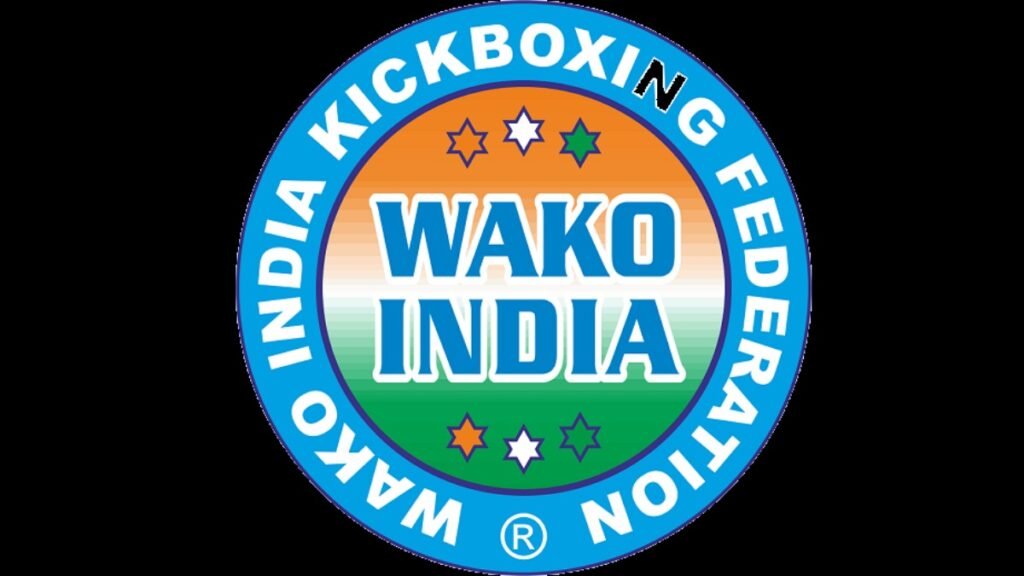
IN NEWS:
Sports Ministry has decided to recognise WAKO India Kickboxing Federation as a National Sports Federation (NSF) to promote and develop sport in India.
KEY POINTS:
- WAKO India Kickboxing Federation is affiliated to World Association of Kickboxing Organizations (WAKO) which is a world body for kickboxing.
- Since November 30, 2020; WAKO has been a provisionally recognised member of International Olympic Committee (IOC).
- Recommendation to approve WAKO as fully recognised member of Olympic family was taken by IOC in June 2020.
- International Olympic Committee (IOC) Executive Board has approved recommendation for WAKO on June 10, 2021 to become a fully recognized member of Olympic family of sport.
- Full recognition of WAKO will be finally decided by IOC Session of July 2021 in Tokyo.
- This recognition is significant to be fully included and accepted in Olympic movement.
Important Information:
World Association of Kickboxing Organizations (WAKO)
- WAKO is an international organization of kickboxing.
- It certifies the governing body of amateur kickboxing to develop support & govern amateur level and hold world championship events.
- It sanctions the champions of kickboxing.
- WAKO is the only organisation across the world which is recognised by GAISF (Global Association of Sports Federations) and IOC (International Olympic Committee).
SOURCE:PIB
